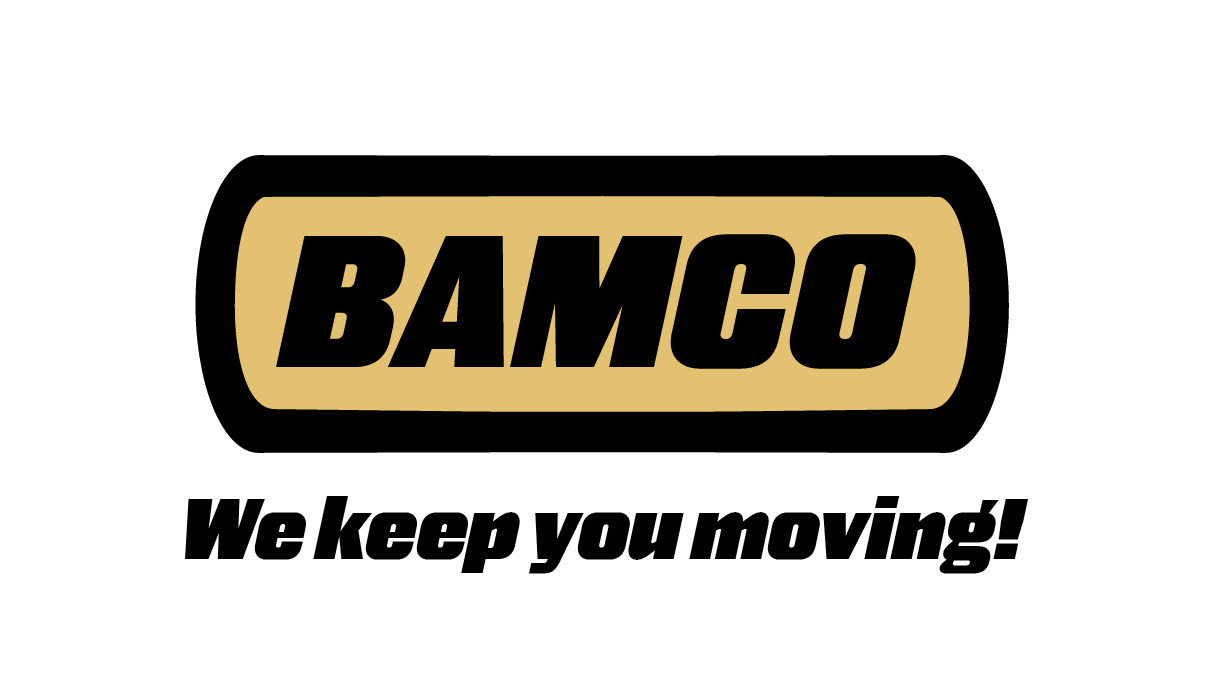V belts are the most common form of transmission belt found across the board. They are used in many kinds of machines across various industries. Some examples of which are agricultural equipment, HVAC, lawn/garden equipment, and general transmissions. With that beings said, you might be asking yourself a few questions when trying to figure out which V-belt is right for your equipment. This article is going to go over the basics so that you can make an informed decision on which V-belt is right for you.
First off, lets cover the basics. These belts are called V-belts due to the fact that the belt has a trapezoid shape, like a V. The bottom edge is parallel with the top edge and the sides generally go out at a 40 degree angle (this is not the case for all as you will see later).
When it comes to these belts, you want them to have the properties of being; oil and heat resistant, ant- static, and flexible. This is generally done through the materials that are used to make them up. V-belts generally are made up where:
· Tension member cord is polyester
· Cover is a cotton/polyester blend
· Compound is natural rubber
When placing an order for these belts, you need to know; the top width, the outside length, and the thickness (the measurement from the bottom to the top). Now that we have covered the basics, let’s talk about some of the options that you can get when it comes to these V-belts.
Light Duty
These belts are used on drives that are 1 horsepower or less. The top width is generally 3/8” and the thickness is 0.22”. You usually find these on smaller appliances, outdoor equipment, and industrial applications.
Cogged
The point of these belts is to eliminate slipping when being used in extra-oily environments. This, in turn, increases efficiency and saves energy. How they do that is by making the belt not completely covered. The side walls have a raw edge and because of this the compound used to make up the belt is chloroprene instead of rubber. Another advantage of these kinds of belts is that they are more flexible than their non-cogged counterparts.
Deep Wedge
These belts are the same as a normal V-belt except the sidewalls go up at a 38 degree angle instead of a 40. This allows deep wedge belts to have a higher power capability on more compact drives.
Metric
Despite the fact that the British Imperial system of measurement was used to put the US on the moon first, that is not always the case with power equipment. These belts came before the deep wedge, have most of the same benefits, and meet the ISO Standard 4184. Metric belts are important when it comes to imported machines or machines being built for exporting.
Open Ended
Open ended V-belts are used on equipment where a difficult installation inhibits the use of an endless option. There is no disassembly required to replace a belt on a machine. All you have to do is cut to your desired length and fasten together using a metal fastener. These belts either have predrilled holes ( for easy fastening) or are solid construction (for more durability). A neoprene cover is also used on these belts instead of a cotton/polyester blend.
Double-V Belts
Instead of being a trapezoid, these belts are in a hexagonal design. The purpose of this is to conduct power through both sides of the belt. This is extremely important on serpentine and reversing drives.
Banded
Banded V belts are where you take several V-belts and band them together using a fabric-neoprene top band. This then makes each V-belt a “rib” and the more ribs used, the less likely the belt is to vibrate, turn over, or come off the drive.
Final Thoughts
One last note is that any of the above options can be combined to meet your needs. You can buy a banded, cogged, deep-wedge V-belt. You just need to consider your machinery needs before you go into the purchasing process.



